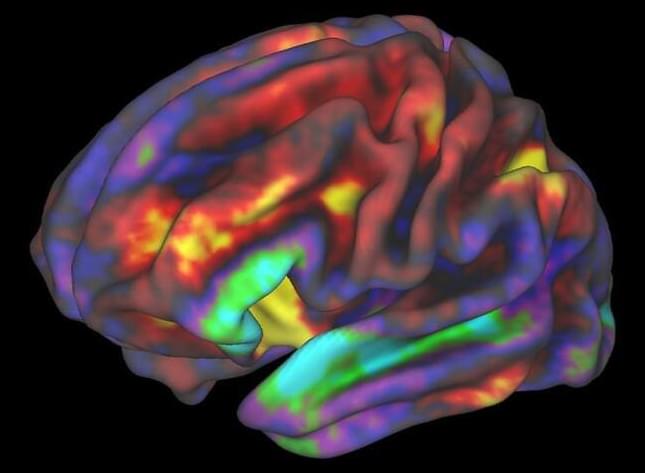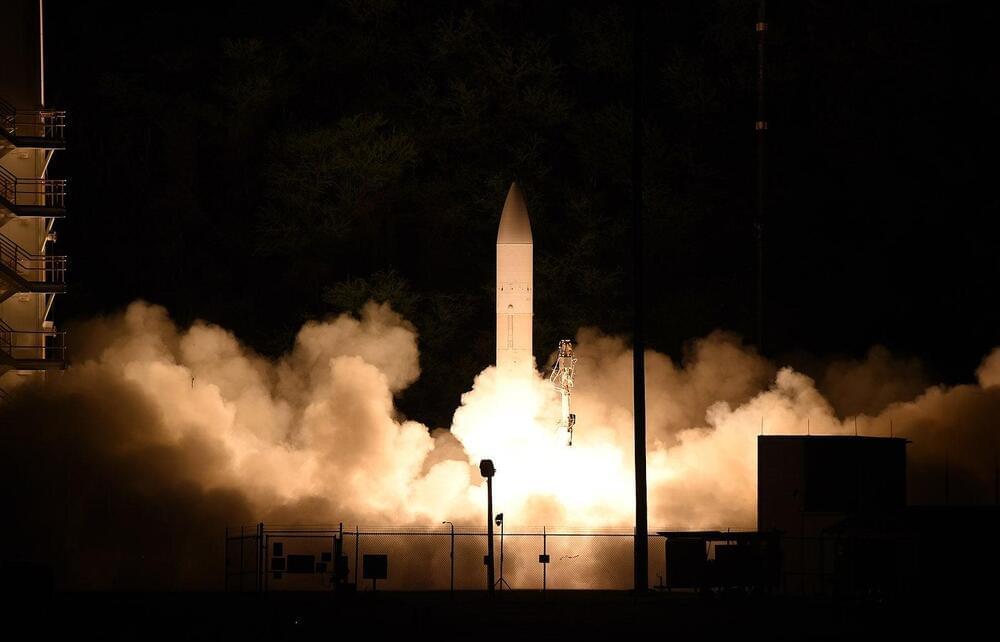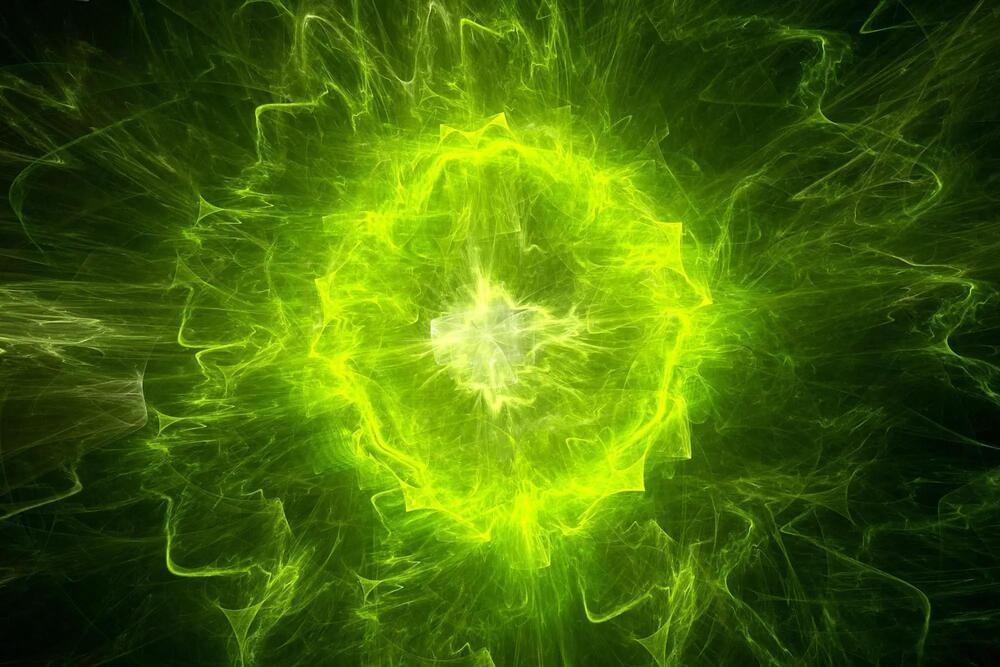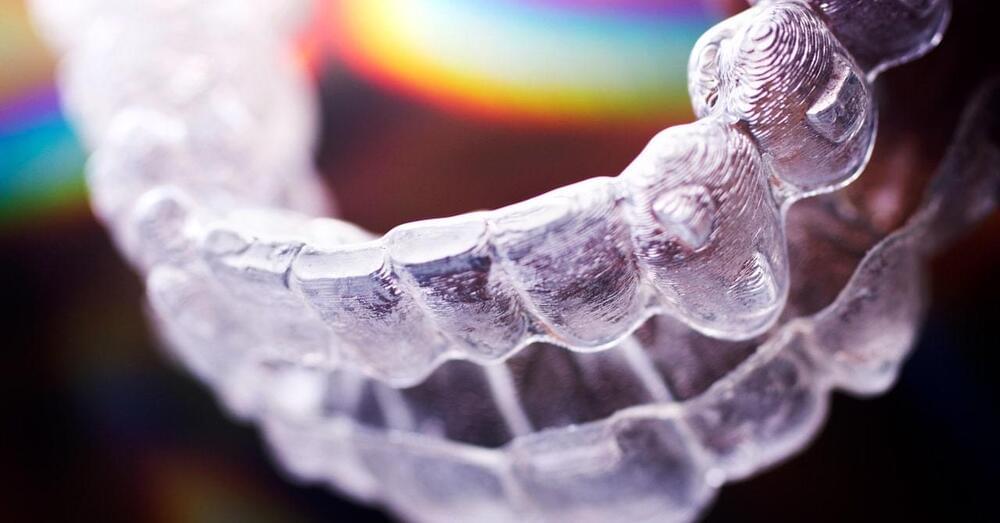Finally, a rational exploration of what ChatGPT actually knows and what that means.
Try out my quantum mechanics course (and many others on math and science) on Brilliant using the link https://brilliant.org/sabine. You can get started for free, and the first 200 will get 20% off the annual premium subscription.
I used to think that today’s so-called “artificial intelligences” are actually pretty dumb. But I’ve recently changed my mind. In this video I want to explain why I think that they do understand some of what they do, if not very much. And since I was already freely speculating, I have added some thoughts about how the situation with AIs is going to develop.
💌 Support us on Donatebox ➜ https://donorbox.org/swtg.
👉 Transcript and References on Patreon ➜ https://www.patreon.com/Sabine.
📩 Sign up for my weekly science newsletter. It’s free! ➜ https://sabinehossenfelder.com/newsletter/
🔗 Join this channel to get access to perks ➜
https://www.youtube.com/channel/UC1yNl2E66ZzKApQdRuTQ4tw/join.
00:00 Intro.






